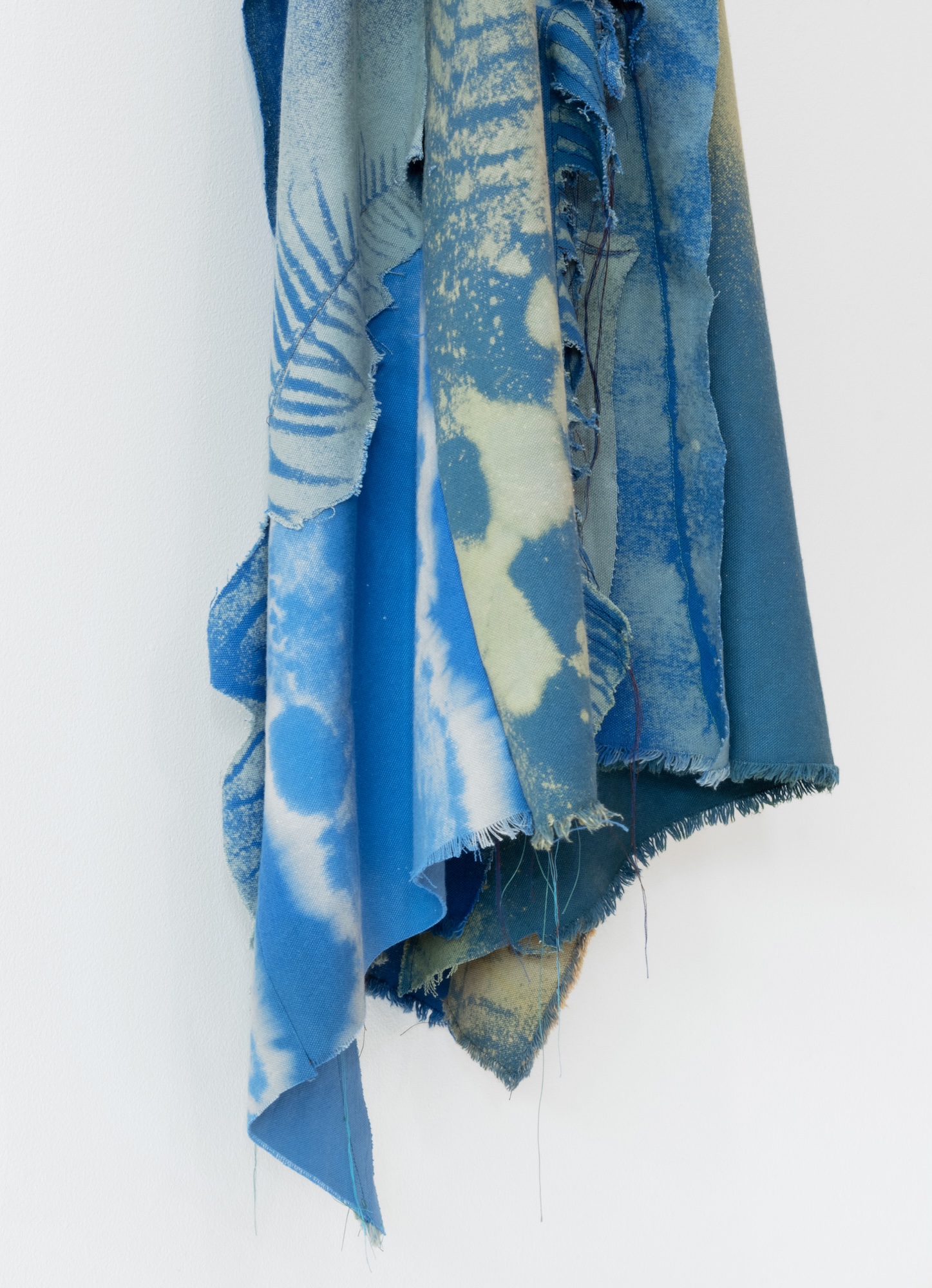Hyphenated Sites
Founded as a collective and exhibition platform in 2015 by Caitlin Chaisson, Liljana Mead Martin, Joseph O’Brien and Lianne Zannier, Hyphenated Sites is a short-term artist-run space housed in a 40' high cube shipping container.
The collective project aimed to encourage the production of new spatial attitudes and alternative forms of exchange. Exhibiting artists made use of the site in order to challenge established exhibition and institutional practices, while questioning the role of the container as both a tenant of industry and a prop of the art world. Through animation, drawing, installation and sculpture, the artists position a contemplative context from which to haul, navigate, question and trouble the boundaries of bodies and the boundaries of space.
Hyphenated Sites. Shipping Container, exhibition programming. Granville Island, 2016.







Full Project Statement:
// HYPHENATED SITES // MARCH 4 - APRIL 5
Between 1253 and 1399
Johnston Street, Granville Island
Under the Yellow Crane
Hyphenated Sites is a short-term artist-run space housed in a shipping container. Over the course of one month, four artists will transform its interior through a rotating series of solo exhibitions. The presentation of works by Caitlin Chaisson, Liljana Mead Martin, Joseph O’Brien and Lianne Zannier is the result of a shared collective effort, whereby overlapping interests are used in service of a generative exhibition strategy. Hyphenated Sites seeks to operate as an intervening space whereby new spatial attitudes and alternative forms of exchange can be pursued. The artists make use of this space in order to challenge established exhibition and institutional practices, whilst questioning the container as both a tenant of industry and a prop of the art world. The artworks address themes that range from the maritime legacies of the space, to the role of the container in a climate of neoliberal politics, urbanization, and social tendencies, to contemplations on the direct experiences of bodies in space. The container presents a unique dialogical opportunity, where the relationship between the presented works and the contained site unfold reciprocally.
Spatial alignments are pushed on by each of the artists. Pressure is applied on the space by way of four different material practices. Through animation, drawing, installation and sculpture, alternative spatial and social practices take place in situ. The shipping container is not a neutral exhibition space, but a physical dash that holds many tensions simultaneously. Perpetually in transit, containers tend to link certain spaces through trade and commerce whilst dividing or splintering others. The artworks are contextualized and framed by the bulky associations the steely box imports. The space becomes charged by the fact that the container is a contemporary rendering of nomadic infrastructure, and yet a behemoth stationary object; that it is part of a global tender, but its currency is felt most acutely locally; that it is both a foreground to the routes that channel the earth and the seas, and background to the cargo it cocoons; that its elongated form is immediately recognizable, but rarely adequately visible. The complexity of the container’s role in contemporary life as a mechanism of “in-betweenness” informs many of the exhibition thematics.
The push and pull of the relationship between the container and the artworks corrugate the encounters into a wrinkled series of ridges and grooves. For each of the exhibiting artists, a core focus on the installation of the works plays a role in highlighting the importance of a present and attending body. For Joseph O’Brien, dealing with the spatial contradictions of the container requires an engagement with both the preconceptions and experiences of the viewer. His architectural installations are meant to provoke questioning in regards to where, exactly, the bounds of our spatial environments can be drawn – if they can be drawn at all. Caitlin Chaisson’s drawing practice seeks to use the container as a space of contraction. Positioning drawing in a way that both attends to the world and shapes it at the same time, she will reconfigure the interior of the container whilst negotiating the body of the viewer. Material fabrication and embodied presence have a compelling and reciprocating relationship in all four of the artist's exhibition strategies. Sharing this focal point, the spatial experiments the artists will undertake during the exhibition period will gesture towards ways of reconfiguring the links between sites and bodies.
The forces of power operating within a space is something that is also central to the four exhibiting artists, with some of these sites referring to specific geographic encounters. The coastal point in Skagen, Denmark, where the North Sea and the Baltic Sea meet is the inspiration for Lianne Zannier’s animated work. The differing salinities of the seas prevent them from overlapping, creating a powerful current where they border one another. Through the hand-drawn line, Zannier maps the invisible force of the current, bringing attention to the illusory qualities of movement. In the exhibition of works by Liljana Mead Martin, the interplay between force and movement is made visible through a contemplation of Vancouver’s rapid development and urbanization. Martin’s multidisciplinary practice reflects on the city as a codified space. Experimenting with light, shadow, and the tensility of the grid, the artworks inspire moments of trespass upon urban boundaries. The interests of these artists refer to geographically disparate locations, but take up many shared vantages from which to understand place.
Accounting for the numerous other sites (be they global, local, domestic, or personal) that remain apart from these exhibitions but meaningfully connected to them, is not a simple inventory. Whether dealing with a named place, such as Vancouver or Skagen, or a more corporeal understanding of our bodies in space, there is a dynamic back and forth between positions that amount to more than just a catalogued list. Hyphenated Sites makes room for the sharing of alternative social cartographies that circumvent established, convenient or habituated formations of routes. Momentarily fixed, Hyphenated Sites’ provides a contemplative context from which to haul, navigate, question and trouble the boundaries of bodies and the boundaries of space.


